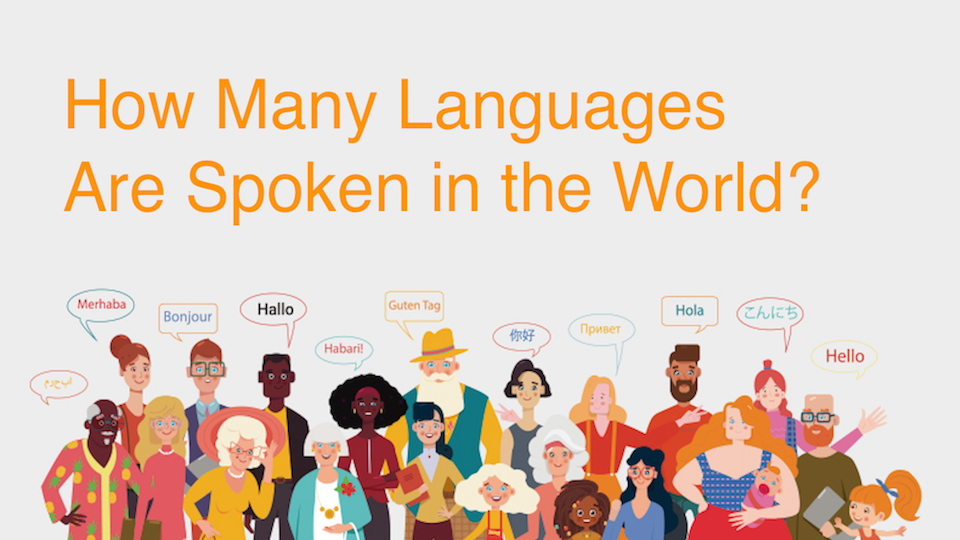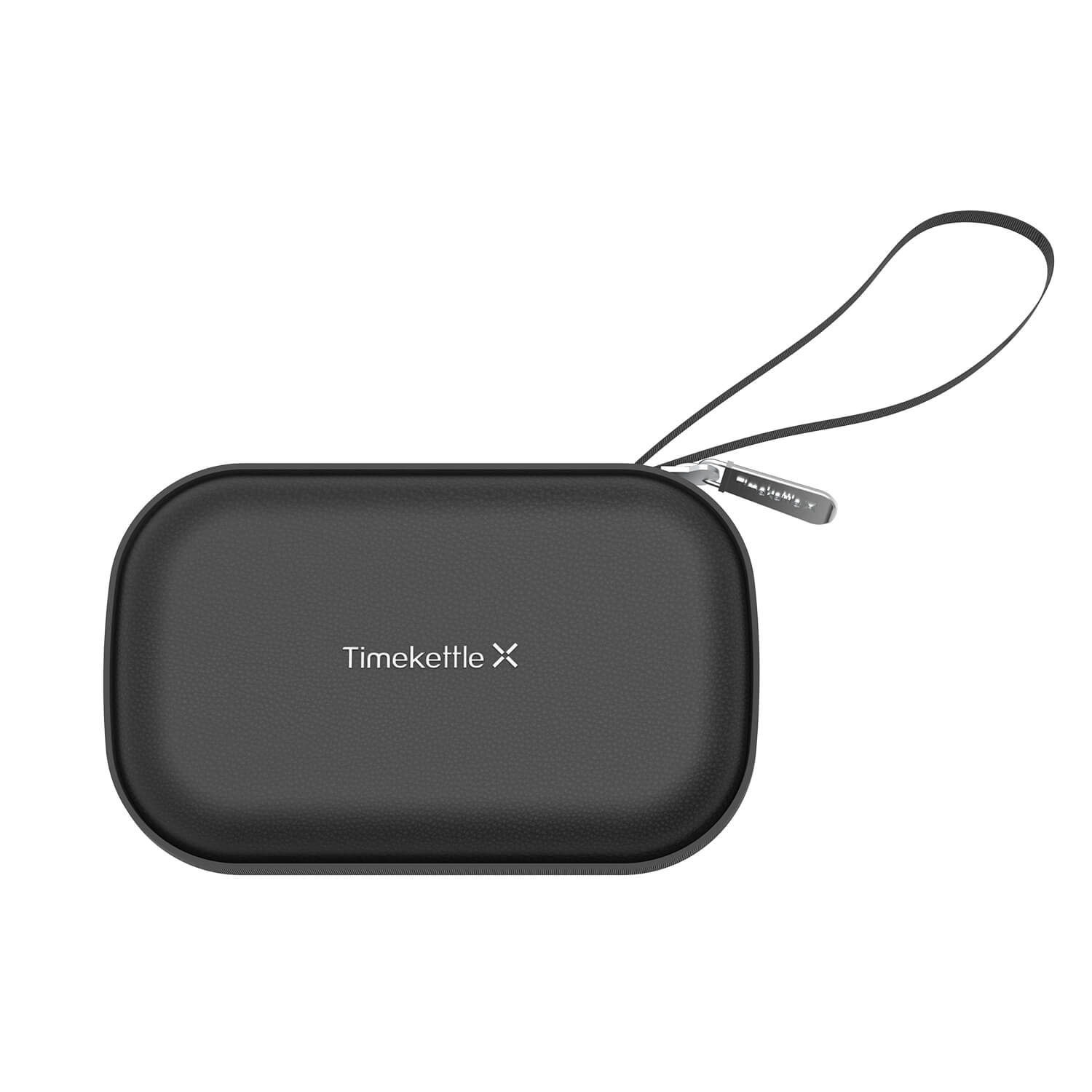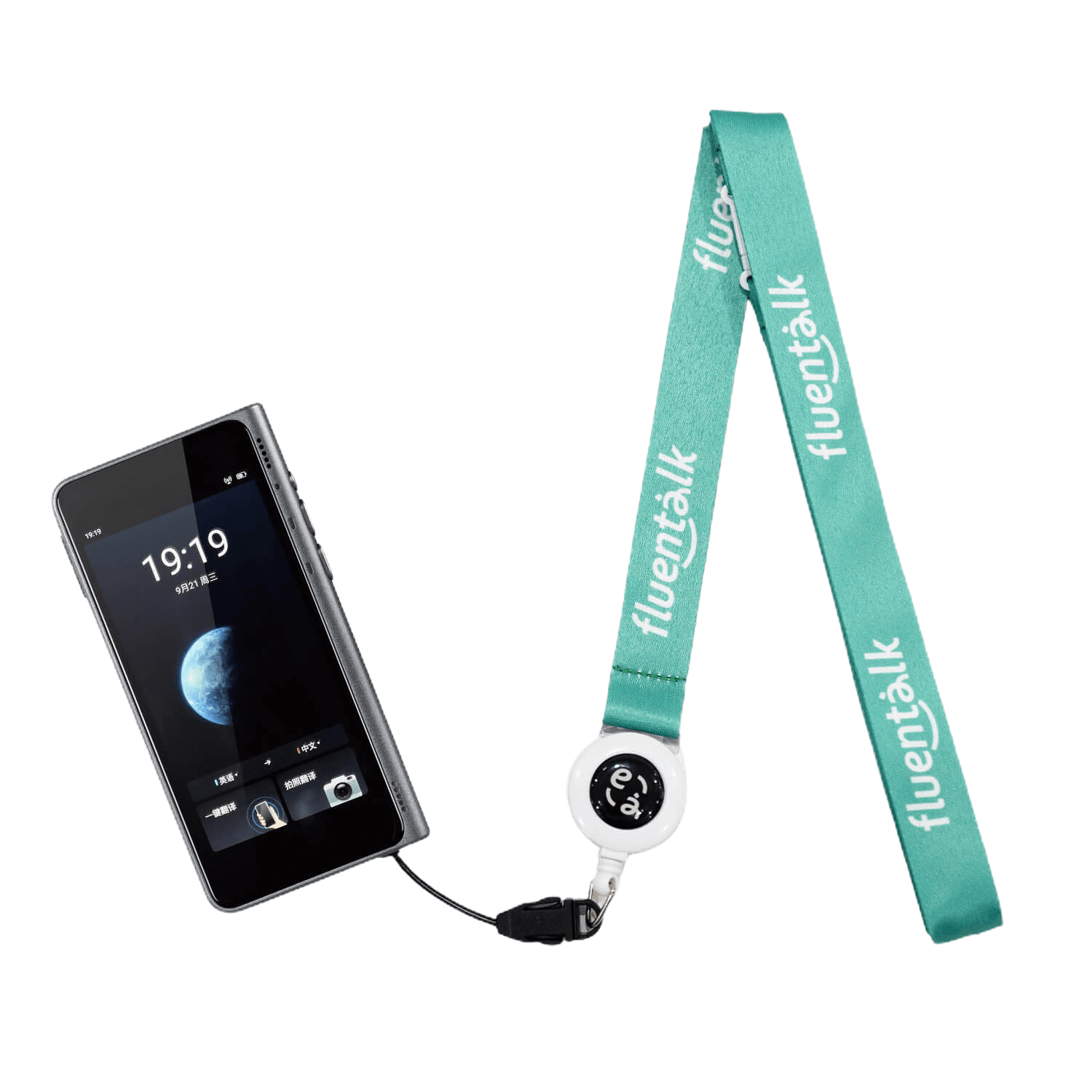
How Many Languages Are Spoken in the World?
In this connected world, language is one of humanity’s most amazing and varied creations. English may rule international business and the internet, but the global language landscape is way more diverse than most people think. From the streets of Beijing to villages in Papua New Guinea, humans speak thousands of languages, each with its own history, structure and cultural meaning. But how many languages are there in the world and which ones have the most speakers? Let’s find out.
How Many Languages are There in the World?
According to Ethnologue in May 2025, the most up to date language database, there are 7,159 languages in the world. Many people are surprised by this number when they only encounter a few languages in their daily life. But this linguistic diversity is under threat.
Unfortunately this number is decreasing. Many languages, especially those with small speaker communities, are at risk of disappearing. Linguists say a language dies every two weeks, taking with it unique cultural knowledge, perspectives and ways of seeing the world. Without intervention and preservation we could lose up to 90% of the world’s languages by the end of this century.
When we look at how many languages are vulnerable we see that 44% of all languages have less than 1,000 speakers. These endangered languages often don’t have official recognition, educational materials and presence in digital spaces making it harder for them to survive in this globalized world. UNESCO and various linguistic institutes are working to document and revitalize these languages before they disappear forever.
Preserving these languages often involves creating written records, developing educational resources and promoting the use of these languages in digital media. Community involvement is key as local speakers are the best advocates for their language’s survival. By promoting pride in linguistic heritage and encouraging younger generations to learn and use their ancestral languages communities can help ensure their survival.
What is the Difference Between Languages and Dialects?

When talking about language diversity, we need to clarify the difference between languages and dialects, because this affects how we count the world’s languages.
A language is generally defined as a system of communication used in a particular country or region, that includes both spoken and written forms. Languages have standard grammar rules, writing systems and literature. They are often officially recognized by governments and educational institutions. For example, French, Japanese and Swahili are separate languages with their own vocabulary, grammar and writing systems.
A dialect is a variation of a language used by people in a specific part of a country or region, usually spoken only. Dialects share core vocabulary and grammar with their parent language but have different pronunciations, expressions and sometimes vocabulary. For example, American English and British English are dialects of the same language, despite the differences in vocabulary and pronunciation.
The line between language and dialect can be fuzzy and political. The quote “A language is a dialect with an army and navy” shows how political and cultural factors can decide whether a speech variety is a language or a dialect. For example Norwegian, Swedish and Danish could technically be considered dialects of the same Scandinavian language since they are mutually intelligible but they are considered separate languages due to national borders and cultural identities.
This is not just academic; it has real world implications for language policy, education and cultural identity. Recognizing a speech variety as a language can bring more resources for its preservation and promotion, while classifying it as a dialect might limit its importance.
The Most Spoken Languages in the World in 2025

While thousands of languages exist, a small number dominate global communication. Here are the five most widely spoken languages in the world as of 2025:
1. English (1.53 billion speakers)
English is the world’s default language—a language used between people who don’t speak the same native language. 380 million native speakers and 1150 million non-native speakers. English’s global status comes from British colonialism, American economic and cultural influence and being the language of international business, aviation, diplomacy and the internet.
The language is still evolving, borrowing words from many other languages and developing regional varieties around the world. From Singlish in Singapore to Nigerian English, these varieties reflect local cultures but are mutually intelligible. English’s adaptability has allowed it to thrive in many environments, making it a universal tool for global communication.
2. Mandarin Chinese (1.18 billion speakers)
Mandarin Chinese comes in second with 1.18 billion speakers worldwide, 990 million of which are native speakers. As the official language of China and one of the official languages of Singapore, Mandarin’s importance in global communication is growing as China’s economic and political influence grows.
Unlike English, most Mandarin speakers are native speakers. However, interest in learning Mandarin as a second language has grown significantly in recent years and many schools and universities around the world now offer Mandarin courses. The tonal nature and character based writing system of Mandarin presents challenges for learners but also gives insight into Chinese culture and thought patterns.
3. Hindi (609.1 million speakers)
Hindi is third with 609.1 million speakers, 345 million of whom are native speakers. As one of India’s official languages, Hindi is a lingua franca across the linguistically diverse Indian subcontinent.
Hindi is an Indo-Aryan language and has vocabulary from Sanskrit, Persian, Arabic and more recently English. Spoken mainly in northern and central India, Hindi’s influence extends to South Asia and diaspora communities worldwide. The Hindi film industry, Bollywood, has further spread the language globally and made it more popular.
4. Spanish (560 million speakers)
Spanish is 4th with 560 million speakers, 486 million of whom are native speakers. It’s the official language in 20 countries in Europe, Africa and the Americas. It has one of the most spread out speaker communities.
The language has a relatively simple spelling and pronunciation so it’s easy to learn and that’s why it’s a second language in many education systems. Spanish literature, music and cinema have also contributed to the language’s global importance. In the US alone there are over 43.4 million people who speak Spanish at home, it’s the second most spoken language in the country.
5. Arabic (334.8 million speakers)
Coming in at number 5 is Arabic with 334.8 million speakers. As the liturgical language of Islam, Arabic is important for the 1.8 billion Muslims worldwide, even if they don’t speak it conversationally. It’s official in 26 countries in the Middle East and North Africa.
Arabic has an interesting linguistic situation with diglossia—a situation where two varieties of the same language are used in different situations. Modern Standard Arabic is the formal written language used in education, media and formal situations, while many regional dialects (Egyptian, Levantine, Maghrebi etc) are the everyday spoken languages. These dialects can be very different from each other, to the point where speakers from different regions use Modern Standard Arabic or English to communicate with each other.
The Future of Global Language Diversity
As we look ahead, several trends are shaping the future of languages globally. Digital technology is both a challenge and an opportunity for language diversity. While the internet initially favored dominant languages like English, advances in translation technology, multilingual content creation and digital documentation tools now offer new ways to preserve and promote minority languages.
Climate change and displacement also impact language communities, as speakers of vulnerable languages often live in the areas most affected by environmental changes. When communities disperse, language continuity becomes harder to maintain. Losing traditional lands and speakers moving to urban areas can lead to language shift where dominant languages replace minority languages in daily use.
But despite these challenges, awareness of the value of language diversity is growing and revitalization movements are happening worldwide. From Hawaii to Wales, communities are creating new ways to preserve languages including immersion schools, digital apps and community based learning initiatives. These efforts are to create environments where minority languages can flourish so future generations can access their cultural heritage.
Conclusion
There are 7,159 known languages in the world and this number is decreasing as smaller languages are facing extinction. English, Mandarin Chinese, Hindi, Spanish and Arabic are the top 5 languages in the world with hundreds of millions of speakers. Understanding the difference between languages and dialects helps us to understand the complexity of human communication systems.
Language diversity is one of humanity’s greatest cultural assets, each language has its own perspective and knowledge. As we are living in a more connected world, preserving this linguistic heritage and facilitating cross cultural communication is one of our biggest challenges. By valuing and supporting language diversity we can enrich our global community and understand the human experience better.
FAQs
How do linguists decide what is a separate language?
Linguists look at multiple factors including mutual intelligibility (can speakers understand each other), shared vocabulary and grammar, historical development and sociopolitical factors. It’s not always clear cut and sometimes involves political considerations as much as linguistic ones. Languages spoken across national borders may be classified differently because of political boundaries rather than linguistic differences.
Why are so many languages endangered?
Languages become endangered when children stop learning them as mother tongues. This happens because of globalization, economic pressures favouring dominant languages, educational policies, migration and sometimes discrimination against minority language speakers. Language loss often accompanies cultural practice and tradition loss, so revitalization is key to cultural preservation.
What’s the oldest language still spoken today?
It’s hard to say for sure but many linguists consider Tamil, Hebrew and Chinese to be among the oldest continuously spoken languages, each with literary traditions dating back thousands of years. They have evolved over time but still have a connection to their ancient roots through literature, religious texts and cultural practices.
Can a language be revived after it dies?
Yes, but it’s tough. Hebrew is the most successful example, having gone from liturgical language to everyday language of Israel. Efforts are underway to revive Cornish, Manx and various Indigenous languages. Successful revival often requires community commitment, educational programs and government support to create an environment where the language can be used in daily life.
How long does it take to learn a new language?
It depends on the language’s similarity to ones you already know, your environment and your commitment. The US Foreign Service Institute categorizes languages for English speakers by difficulty with 552-2,200 hours of study to reach professional proficiency. Immersion and consistent practice can speed up the process, make it more effective and fun.





























